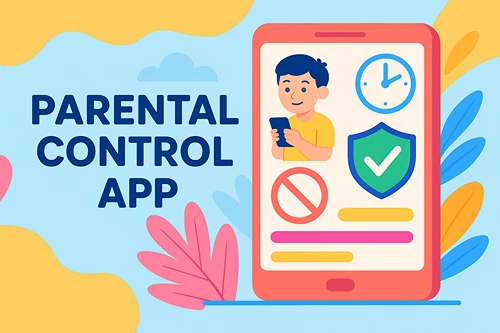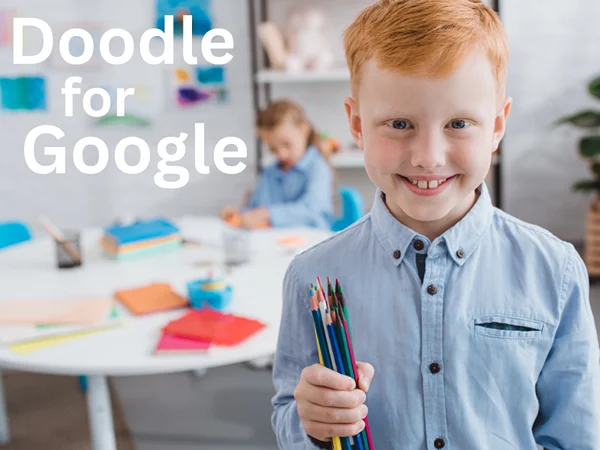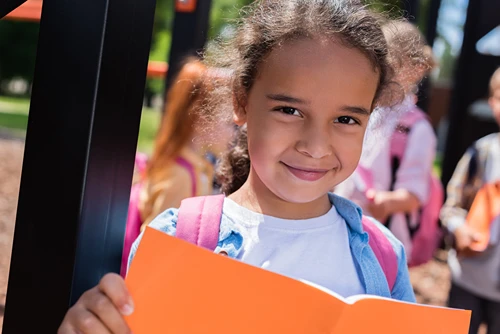Child Custody and Online Safety: A Divorced Parent’s Guide
Child custody and online safety is a tough one for divorced parents. Technology is a big part of kids’ lives so online safety is key. This guide has strategies for a safe digital world, focusing on open communication and rules.
Whether co-parenting or navigating custody agreements, working together on digital safety can help protect your child and create consistency between households.
Digital Parenting Plan
A digital parenting plan outlines the rules for kids’ online activities. This gives structure to screen time management for kids and makes sure they follow the guidelines in both homes.
Include:
- Age-appropriate screen time limits.
- Approved apps, websites and social media.
- Rules for sharing personal info online.
- Consequences for breaking online safety rules.
- How to monitor online activity.
Collaborative creation gives confidence in the guidelines even when the kid is with the other parent. Consider how this relates to the overall parenting plan.
Parental Controls
Parental control software is a great tool. These programs have many benefits. They add an extra layer of safety and oversight.
- Filter out inappropriate content.
- Set time limits on device use.
- Monitor online activity and communications.
- Block certain apps or websites.
Choose software that both parents can manage. This is so you can be transparent and consistent in your monitoring. This openness helps with co-parenting around digital safety.
Teaching Digital Citizenship
Teaching kids about responsible digital citizenship is key. This empowers them in the digital world. These important topics help kids stay safe online.
- Online privacy and protecting personal info.
- Recognizing and reporting cyberbullying.
- Understanding digital footprints.
- Critical thinking for evaluating online info.
These skills help them navigate the digital world responsibly. They’ll know online safety no matter which parent they’re with.
Open Communication
Open communication about online experiences is vital. Encourage kids to share their online activities with both parents. This can prevent conflict resolution skills from being needed down the line.
Open dialogue helps identify issues early. This openness provides guidance and support. It also strengthens the parent child relationship.
Social Media
Social media presents unique challenges, especially when kids a going back and forth between homes. Then there are extended holidays when parents tend to be more lenient with the rules. Co-parents should agree on guidelines. This means a safe and positive online experience.
- Age restrictions for accounts.
- Privacy settings and approvals for followers.
- Rules for posting personal info or family photos.
- Guidelines for interacting with strangers online. Discuss your own social media behaviour. This includes posts about your kids or the other parent. Modelling good digital citizenship is a great example for your kids to follow.
Online Safety Breaches
Kids will break online safety rules. Co-parents should present a united front when addressing these situations. This keeps online safety protocols in place.
- Discuss the incident with the child.
- Implement the agreed upon consequences.
- Adjust parental controls or monitoring.
- Provide more education on digital safety.
Consistency reinforces the rules. It also shows co-parenting unity and makes for a more stable environment for your kids.
Adapting to Change
The digital landscape is always changing. Stay up to date on new technology. Review and update your digital parenting plan regularly. Discuss these updates and how they will affect custody arrangements, especially when the kids are with a certain parent.
Address new concerns as technology advances. Be flexible and adapt to change. These adjustments will help create a safe digital world.
Get Professional Help
If you’re struggling, get help. Family therapists, child custody lawyers or digital safety experts can offer great advice. These professionals are well versed in many areas of family law and can help with financial issues that may be impacting a healthy co-parenting situation.
They can give you strategies for the digital age. Consider this option for more personalized advice. It will make conflict resolution easier and clear up how much time the kids spend with each parent.
Privacy and Safety
Balancing kids’ privacy with their safety online is tough. Open communication is key. It helps kids understand and accept safety measures.
- Increase online independence as kids show responsible behaviour.
- Explain safety measures to help kids understand their importance.
- Involve older kids in setting rules. Think of it as an opportunity to improve your domestic partnership with the other parent.
This approach maintains trust while prioritising safety. This balanced approach fosters positive parent child interaction.
Disagreements
Co-parents may disagree on digital safety. Prioritise the kids. Focus on their best interest when it comes to big decisions like what school the kid goes to or even simple everyday parenting issues like bedtime.
- Prioritise your kids over personal disagreements.
- Seek compromise through respectful dialogue.
- Get a neutral third party like a mediator.
- If necessary, get legal agreements in place. Make sure you provide medical care and access to a doctor for the kids regardless of which house they are in.
A united front helps kids. That requires negotiation and compromise. Ultimately it benefits healthy development and strengthens family bonds.
Using Technology for Co-Parenting
Technology helps co-parenting. It’s a useful tool for managing shared responsibility and efficiency. And it helps with co-parenting challenges and gives you advice on how to approach communication.
- Use shared calendars for schedules and activities.
- Co-parenting apps for communication and information sharing.
- Video chat platforms for virtual visitation. Remember this time together is important and shouldn’t be brushed over. Try to incorporate fun games and other activities that promote healthy child development.
These tools keep communication consistent. They support a healthy co-parenting relationship. This open communication helps you address any substance abuse or mental health concerns you may have about the other parent, especially if the other parent seems to be having frequent mood swings and emotional outbursts that seems to be stemming from something deeper.
FAQs for Navigating Child Custody and Online Safety: A Guide for Divorced Parents
At what age does a child get affected by divorce?
Children of all ages experience divorce differently. Younger kids (3-5) may struggle more initially. The parties can provide emotional support by staying in touch and encouraging communication from family members like grandparents and aunts/uncles.
However, all children can thrive after divorce with support. Use co-parenting strategies that puts the kids first. Make sure both parties understand and comply with the specific requirements in any legally binding or court ordered documents.
How to navigate kids through divorce?
Navigating kids through divorce requires communication and support. Keep routines consistent in both homes. Consider this as a tool to set boundaries for open communication.
Tell the kids they are loved. Remind them the divorce is not their fault. Remember your main goal should always be how to help children cope with challenging family situations like a separation or divorce. Your energy should always be towards creating a better family dynamic even if the current situation feels far from it.
Can keeping a child away from the other parent backfire?
Yes, keeping a child away from the other parent can backfire. Unless safety concerns exist, which can be backed up by protective services or law enforcement. You must also prioritize your own mental and physical well-being, so the child is in the healthiest environment possible.
Restricting access causes distress. It can even lead to legal action if not in line with the custody agreement or any good sense about a minor. This co-parenting approach will only lead to deeper and longer relationship issues over time and will end up hurting the child in ways that will affect the child into their adult life.
Conclusion
Navigating child custody and online safety requires a proactive approach. By setting rules and open communication, divorced parents can create a safe digital space. Remember the kids come first.
Co-parenting in the digital age presents unique challenges. Adaptability and cooperation are key to success. This is an ongoing process that requires patience, persistence and commitment to co-parenting. With consistent effort, kids can be safe online and have healthy family relationships. Set boundaries early and stay calm so the online environment isn’t charged negatively for anyone involved.






